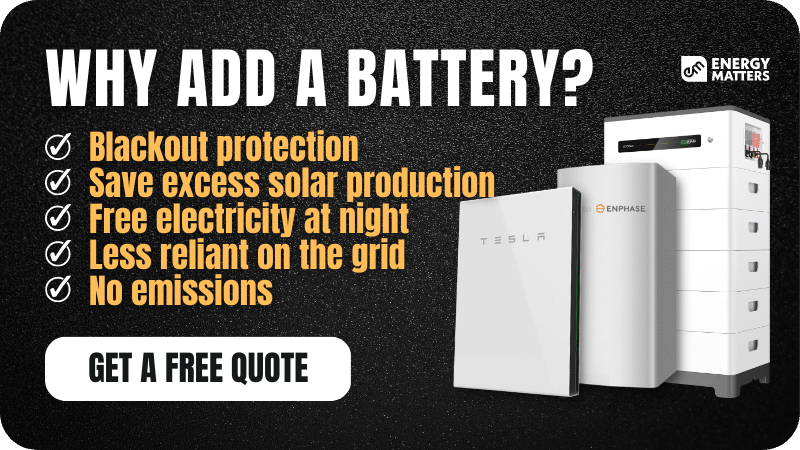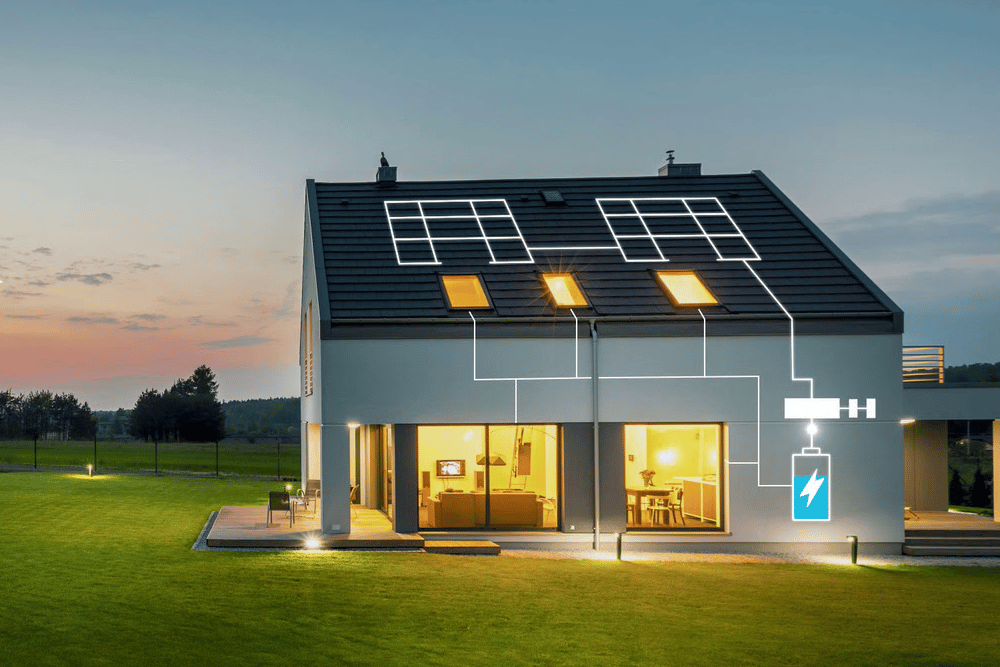
On this page
Home batteries are used to store energy from your solar panels to use overnight or at times when the weather is overcast. It’s an emerging area for many areas of Australia, and as such people have lots of questions about what batteries can do, what types are available and how much they cost. In this home battery FAQ, we answer the most common queries about using a battery in your home.
The solar industry is a rapidly changing one, so if you find an inaccuracy here, contact us and we will update the content.
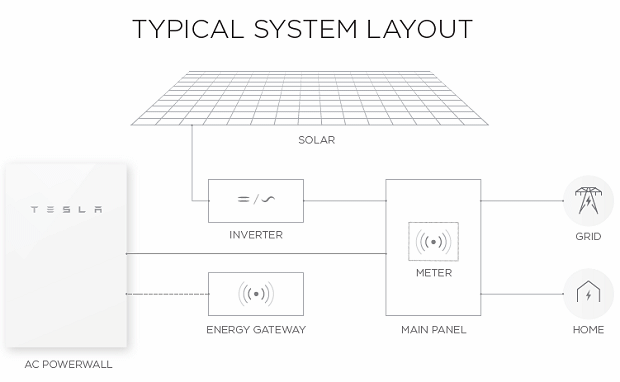
You can store your solar power to use when you desire, meaning you are less dependent on grid power, which makes you more self-sufficient. Some batteries can also protects against blackouts, which can be a big concern for some people. They might have a generator, but they want to replace the generator with a battery.
Energy Matters recommends the following three battery manufacturers: Tesla Powerwall 2, Fimer and Enphase batteries.
In general, with lithium-iron-phosphate batteries you have less degradation over time and more longevity.
If you are concerned about blackouts, then a Tesla Powerwall 2 is the way to go. It’s the best one for providing blackout protection.
The storage capacity is also important. Tesla Powerwall 2 comes in one size only, 13.5 kWh, while Fimer and Enphase batteries are modular.
Fimer comes in 4 kWh increments. You can go up to 12 kWh. Enphase batteries come in 1.2 kWh banks and you can have just one or multiple.
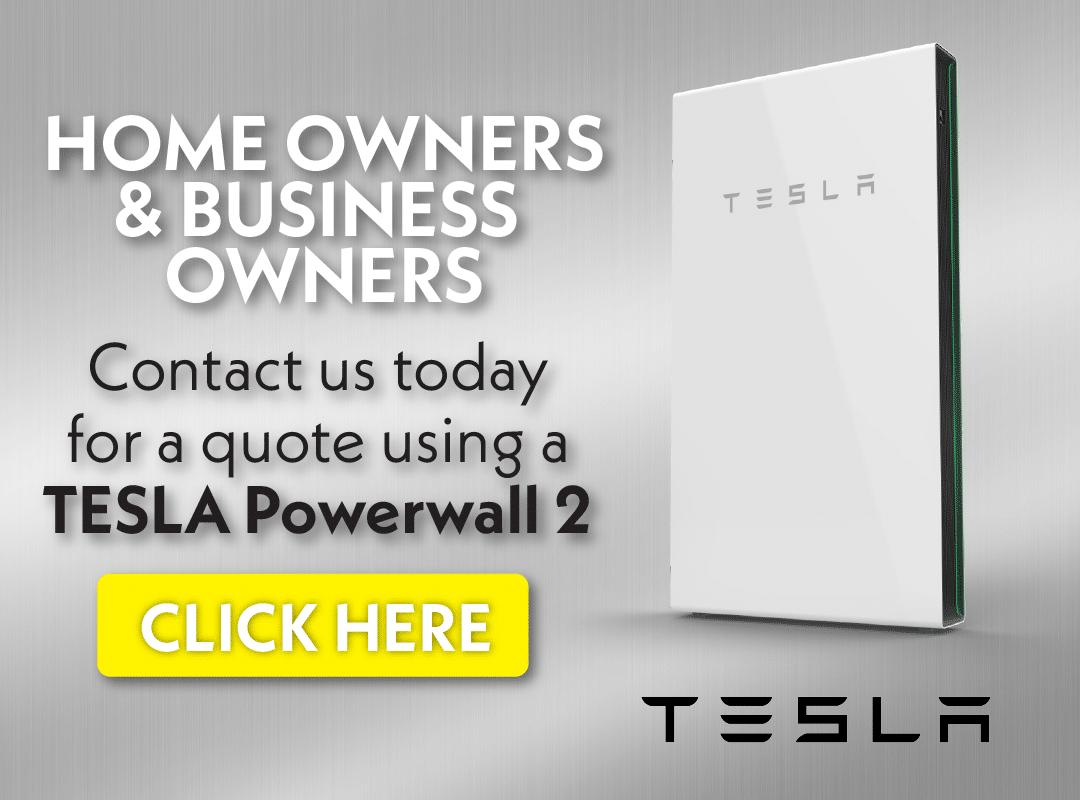
The Tesla PowerWall is the home version of its powerful battery technology. Tesla Powerwall 2 is a cobalt-based lithium battery, and the other two are lithium-iron-phosphate batteries.
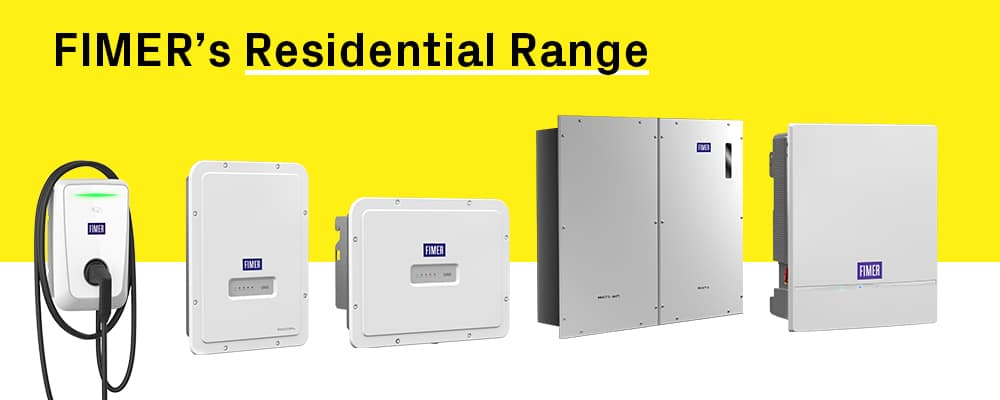
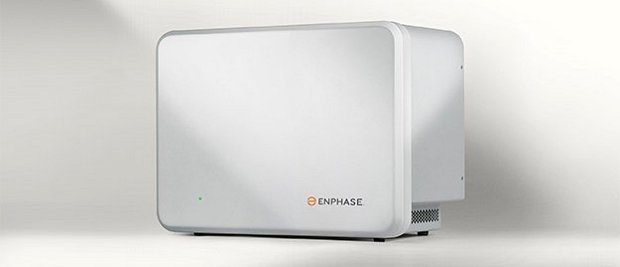
Kilowatt hours (kWh) are a measure in thousand-watt steps of how much energy an appliance uses in an hour. A 1,000 Watt microwave running for a maximum of one hour uses 1 kWh. So does a 100 Watt light bulb if it’s on for 10 hours.
This means that with 13.5 kWh of stored power, the Tesla Powerwall 2 could technically run your 1000 microwave for 13.5 hours. In reality, you may only use it for 30 minutes and use lights, the TV and other appliances as well.
But if you used less than 13.5 kWh of electricity daily, the Powerwall 2 could supply you with enough power for one day, if it were fully charged.
Keep in mind that although the Powerwall 2 can store enough energy to last 13.5 kWh, it outputs a maximum of 5 kW of energy at any one time. So you need to make sure you aren’t running more than 5 kW of appliances at once. If you were running 5 kW of appliances all at once and continuously, then the Powerwall would last less than three hours.
Check out our page to learn more about KW, KWh And Kilowatt/hour.
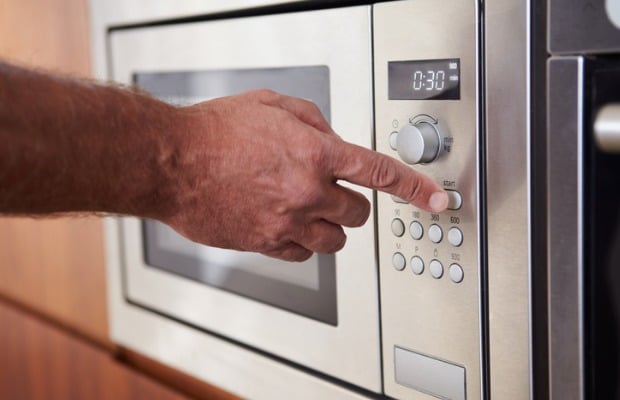
The first thing is to check that batteries are a viable solution for you. What that means is we look at the solar panel system you have installed. We want to make sure you are generating enough power to supply power to your house and charge the battery at the same time.
If you’re not generating a lot of electricity and if you’re not exporting a lot to the grid we don’t want to give you a huge battery.
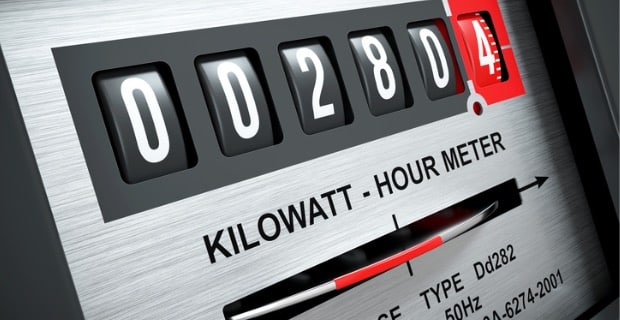
What we need to do is look at your electricity usage for the past 12 months and your solar generation. We look at each season, as well as how much power you’re using and how much power you’ve been exporting back to the grid. Because that’s what you’ll be using to charge the battery.
If you do have excess solar that will sufficiently charge the battery, we also want to know if you are going to consume this energy when the solar is not producing (i.e. at night). If you find yourself importing power from the grid regularly, then having a larger battery charged by excess solar will allow you to reduce more of amount consumed from the grid, and reduce your energy bill.
you are using and match your battery size accordingly.
We have received a lot of questions asking about how long does a 5kWh battery last. Typically, a 5kWh solar battery can last approximately ten hours when you’re only running a few appliances, such as your TV, fridge, and even a few lights. However, it will drain quickly if you add the use of heavy-duty appliances, such as air conditioners.
A 5kWh battery will have 5000 watts hours, or 5 kilowatt hours, of storage energy. A fully charged battery will be able to maintain the average fridge (200W) for approximately 1 day.
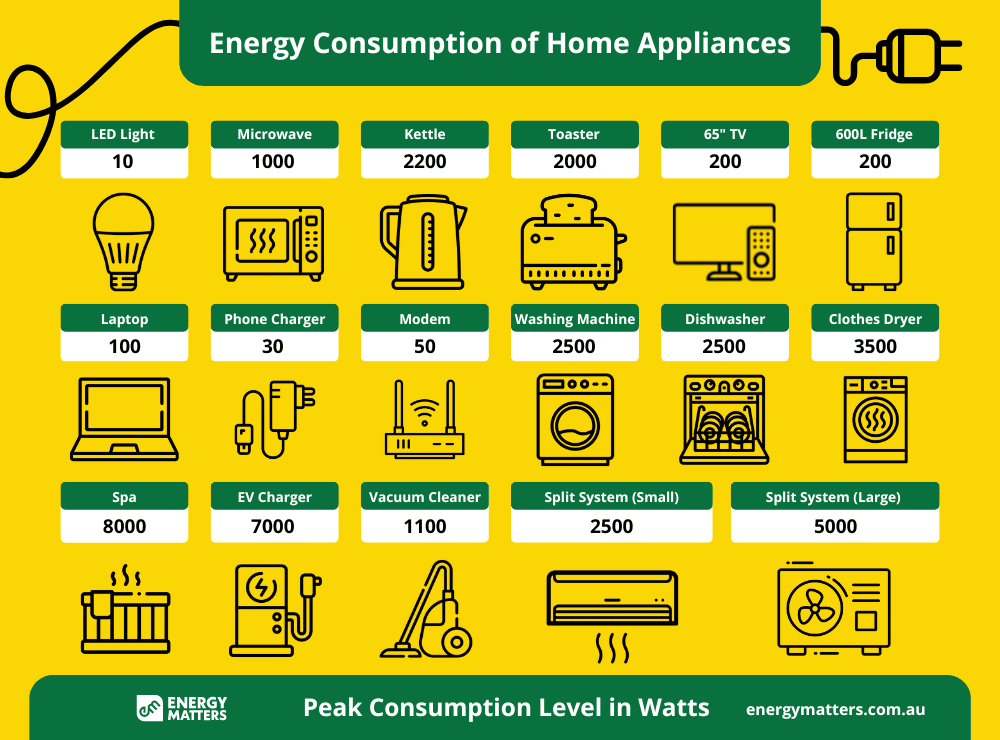
In the case of how long will a 5kWh battery last, it depends on the cycle life and cycle duration. Most kWh batteries can have approximately 5,000 cycles before their performance dwindles significantly. Nevertheless, a 5kWh battery can last between 10 and 15 years.
Most homes use single phase power. But some larger houses or businesses run three phase power, which can handle heavier loads or machinery.
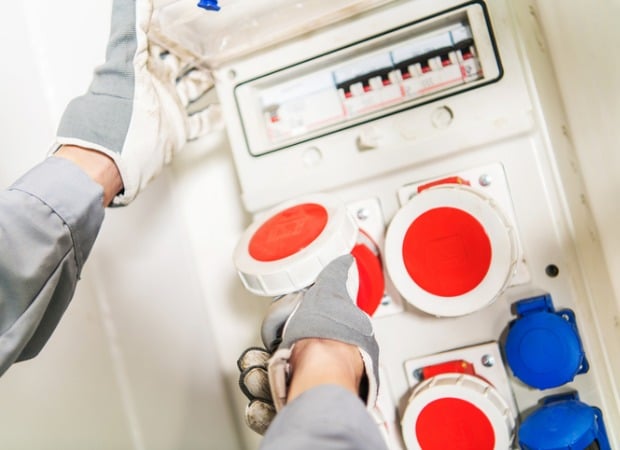
Let’s say it’s daytime, hot, and the air-conditioners throughout the house are running. The power goes out. If the battery can’t handle the load it will shut itself down. Then you will have to switch off the air-conditioners and switch the battery back on.
But if you’re not running a heavy load, the battery will automatically switch on the moment the blackout occurs. Meanwhile, the battery is still charging from the solar panels in the background even while it powers the house. (Keep in mind this will only work if your house runs off a single phase power supply.)
It depends on what you are running on it. If you have a few lights on and you’re watching TV, doing some cooking, then the battery will last about 12-13 hours. But as soon as you add a big power consumer, like air-conditioning or a dishwasher, you are going to drain the battery much more quickly. It can then last around two to three hours.
If you have single phase power and there’s a blackout, you can potentially back up the entire house – as long as you’re not running more than 5 kW of continuous power.
Let’s say it’s summer, 7am, and your solar panels are already generating power. If you have a smart meter installed the meter is going to check in every 15 minutes or half an hour, depending on how it is set up. If it finds excess solar power, it uses that to charge the battery.
Let’s say that by 3pm your battery is fully charged. From that point until sunset, you’ll either be using the power you generate or exporting it to the main grid.
Sometimes your power distributor can put a limit on how much you can export, so you should check that.
If you already have your solar panels and an inverter, you only need the Tesla Powerwall 2 battery. The battery does come with a gateway box, but that’s the brains behind the battery, its energy management system.
Soon you will be able to use an app so you can tell the battery what you want it to do. So you can tell it to stop charging itself from solar and start charging itself from the main grid. That will help if you are not generating much solar power, or if you have a time of use electricity tariff, where the grid power is cheaper during certain times.
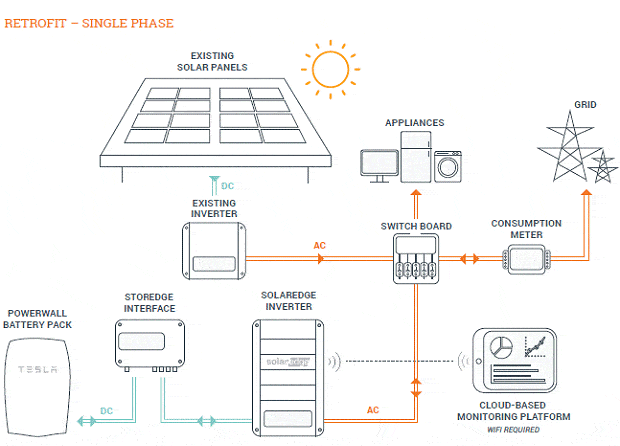
It can be installed outside, but because the sun shining on the battery can cause it to heat, we need to put it on an east or south aspect. It can be mounted on the floor or the wall. Most of the installations we do are on the floor because it’s more stable.
Unless the site is complicated, a battery takes two to three hours to install.
If it’s a Tesla battery, we sometimes refer it to the Tesla people, or other appropriate manufacturers depending on the battery’s make, but we are the first point of contact for any services and warranties.
Whether you are using solar power and are connected to the grid or you don’t have a grid connection at all, you need a back up source of power for night use or cloudy days.
If you are connected to the grid and have three overcast days in a row, you will not have enough generation to power the house or charge your battery. So you need the power from the grid.
With an off-grid system you are going to need a generator for those overcast times. But you will also need off-grid capable lead-acid batteries because Enphase and Fimer need a grid connection to work.
There is some suggestion that the Tesla Powerwall 2 can be used off-grid under certain limited conditions. It’s best to get in touch with us and find out whether we can help in your situation.
We measure the life span in cycles, which is a complete discharge and recharge of the battery. Under the warranty, Tesla rates its batteries at about 3,500 cycles or 10 years. The difference is because of the cell chemistry that the batteries use.
The advantage of the Tesla Powerwall 2 is that it’s easy to install and the software does everything and it can back up power for blackouts. It’s also great value for money. Most customers prefer the Tesla Powerwall 2 because it checks all the boxes. The only minus is its longevity in comparison with Fimer.
Exactly. Some people might only use 3 or 4 kWh per day. They are happy with a couple of Enphase batteries or a Fimer battery.
Impact of temperature on solar battery performance
Solar batteries work best at moderate temperatures between 20 and 25 degrees Celsius. At these temperatures, solar batteries can maintain their maximum efficiency and store energy effectively. However, when temperatures rise above or fall below this range, the efficiency and performance of the battery can be negatively impacted.
If temperatures rise above 25 degrees Celsius, solar batteries can experience a reduction in their efficiency and performance. High temperatures can cause the battery to degrade faster, leading to a shorter lifespan and reduced capacity. This is because the high temperature can cause the electrolyte inside the battery to break down, leading to corrosion and damage to the internal components of the battery.
On the other hand, if temperatures fall below 20 degrees Celsius, solar batteries can experience a reduction in their charging and discharging capabilities. This is because low temperatures can cause the chemical reactions inside the battery to slow down, reducing its ability to store and release energy effectively.
To ensure that solar batteries perform optimally, it is important to install them in a location that maintains a moderate temperature range. This can include selecting a well-ventilated location or providing additional cooling or heating to regulate the temperature of the battery.
It is also important to select the right type of battery chemistry for your solar battery system. Some battery chemistries, such as lithium-ion, are less sensitive to temperature changes than others, such as lead-acid batteries. By selecting the right battery chemistry and designing the system appropriately, you can ensure that your solar battery system performs optimally regardless of the temperature.
Extreme cold and heat can impact the performance and lifespan of solar batteries in Australia.
To ensure that your solar battery system performs optimally, it is important to install the battery in a location that maintains a moderate temperature range and select the right battery chemistry for your system. By doing so, you can ensure that your solar battery system provides you with reliable and renewable energy for years.
Extreme cold can negatively impact the performance and lifespan of solar batteries. This is because low temperatures can cause the chemical reactions inside the battery to slow down, reducing its ability to store and release energy effectively. In addition, extreme cold can cause the electrolyte inside the battery to freeze, which can damage the internal components of the battery and reduce its lifespan.
To mitigate the impact of extreme cold on solar batteries, it is important to install the battery in a location that maintains a moderate temperature range. This can include selecting a well-insulated location or providing additional heating to regulate the temperature of the battery.
Extreme heat can also negatively impact the performance and lifespan of solar batteries. High temperatures can cause the battery to degrade faster, leading to a shorter lifespan and reduced capacity. This is because the high temperature can cause the electrolyte inside the battery to break down, leading to corrosion and damage to the internal components of the battery.
To mitigate the impact of extreme heat on solar batteries, it is important to install the battery in a location that maintains a moderate temperature range. This can include selecting a well-ventilated location or providing additional cooling to regulate the temperature of the battery.
Choosing the right battery chemistry
In addition to selecting the right location for the solar battery system, it is also important to select the right battery chemistry. Some battery chemistries, such as lithium-ion, are less sensitive to temperature changes than others, such as lead-acid batteries. By selecting the right battery chemistry and designing the system appropriately, you can ensure that your solar battery system performs optimally regardless of the temperature.
Solar batteries are an essential component of a solar energy system, allowing homeowners and businesses to store the energy generated by solar panels for later use. However, the performance and lifespan of solar batteries can be impacted by various factors, including temperature.
Temperature plays a significant role in the performance and lifespan of solar batteries in Australia. High temperatures can cause the battery to degrade faster, while low temperatures can reduce its ability to store and release energy effectively. By selecting the right battery chemistry, installing the battery in a suitable location, and maintaining the battery regularly, homeowners and businesses can ensure that their solar battery system performs optimally and provides reliable and renewable energy for years to come.
Temperature play a crucial role in the performance and lifespan of solar batteries. High temperatures can cause the battery to degrade faster, leading to a shorter lifespan and reduced capacity. On the other hand, low temperatures can slow down the chemical reactions inside the battery, reducing its ability to store and release energy effectively. Over time, exposure to extreme temperatures can have a significant impact on the lifespan of the battery.
The impact of temperature on battery lifespan varies depending on the battery chemistry. Some battery chemistries, such as lead-acid batteries, are more sensitive to temperature changes than others, such as lithium-ion batteries. Lead-acid batteries can experience a significant reduction in lifespan when exposed to extreme temperatures, while lithium-ion batteries can maintain their lifespan and performance even in high-temperature environments.
To mitigate the impact of temperature on the lifespan of solar batteries, it is important to install the battery in a location that maintains a moderate temperature range. This can include selecting a well-insulated location or providing additional heating or cooling to regulate the temperature of the battery. It is also important to select the right battery chemistry for your solar battery system, as different chemistries have different temperature requirements.
In addition to installing the battery in a suitable location and selecting the right battery chemistry, regular maintenance can also help extend the lifespan of the battery. This can include cleaning the battery terminals and ensuring that the battery is charged and discharged regularly to prevent sulfation, which can reduce the battery’s ability to store energy effectively.
Going solar
Are you thinking of buying solar panels? Still, trying to figure out where to start? Don’t worry, we have you covered! Energy Matters can help you.
Find out how you could save on the cost of solar panels in Brisbane and invest in renewable energy by contacting and letting us discuss information and resources to help install solar panels. Use our free solar quote system to get up to 3 free solar quotes from our network of trusted, local installers. Complete our quick quiz and begin your solar journey today!








